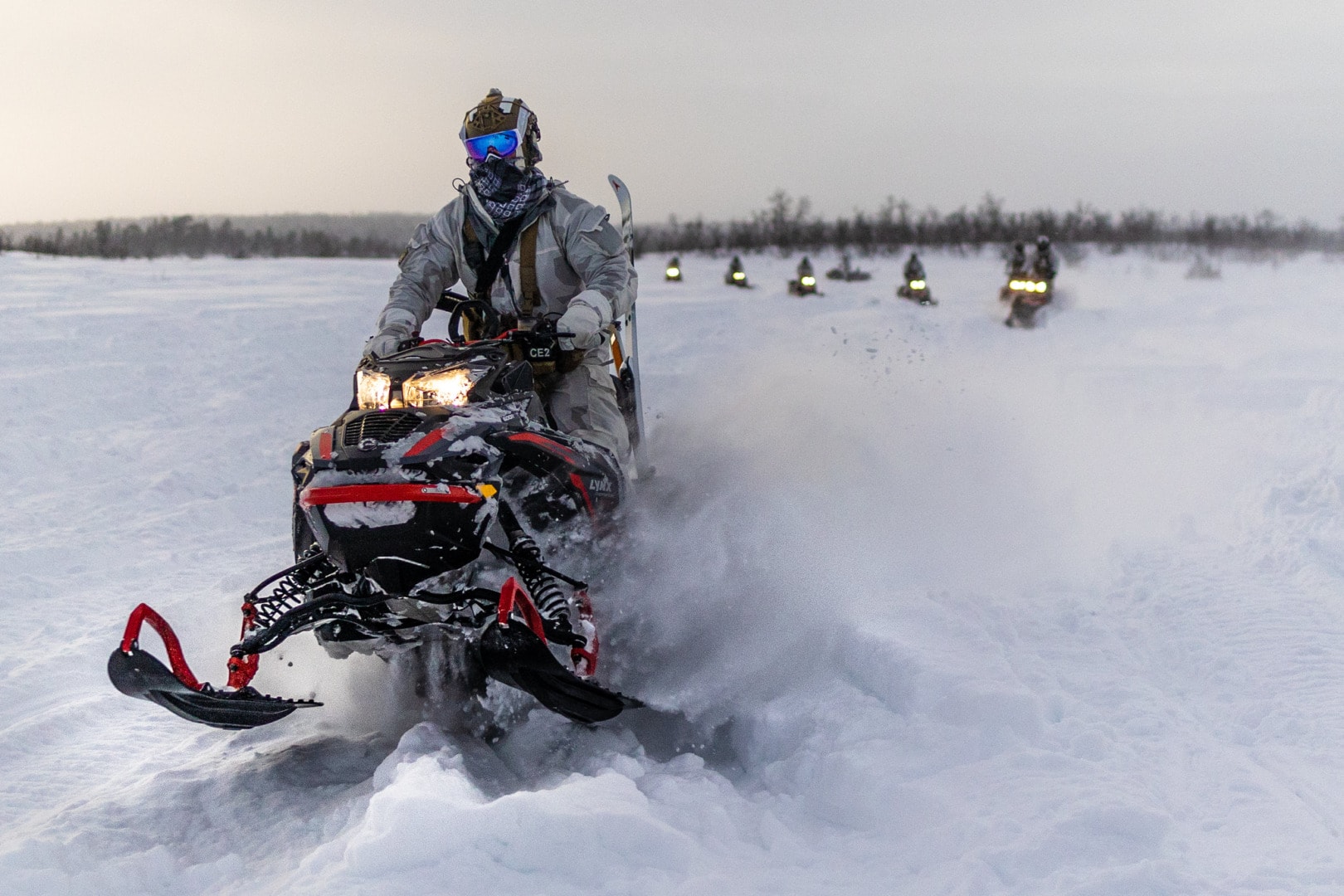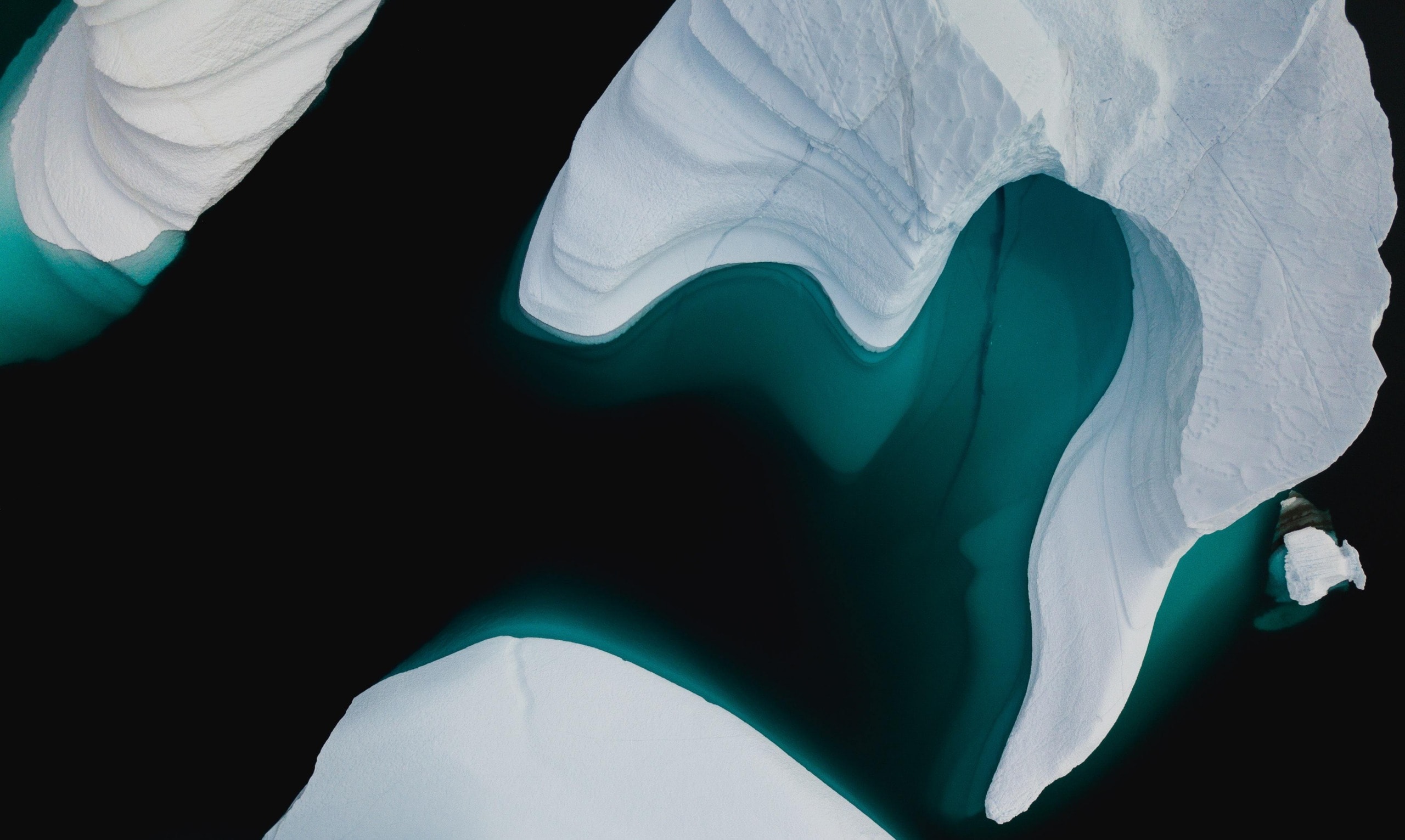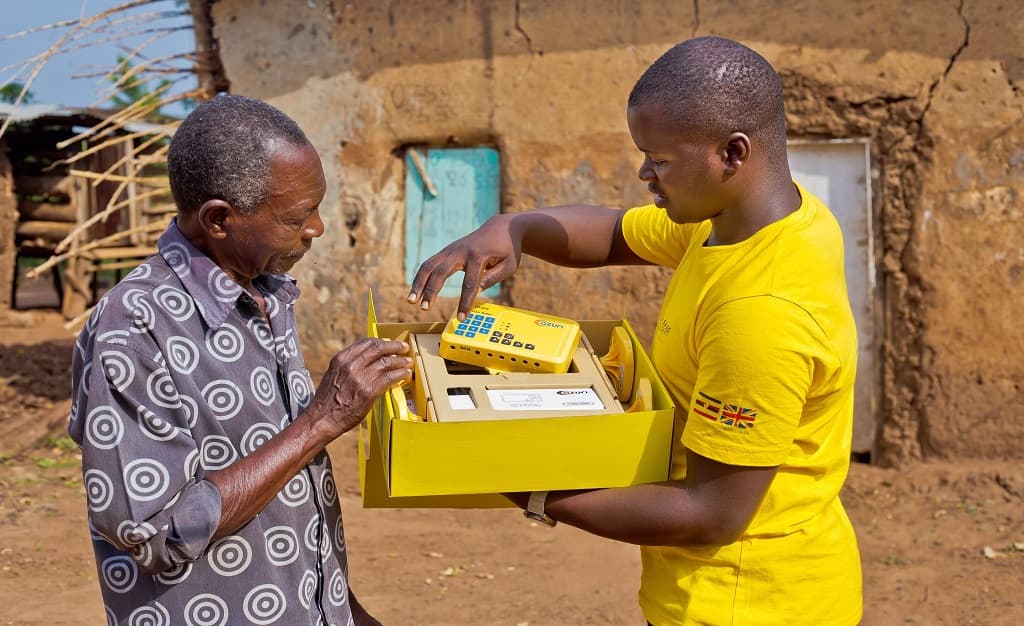Current average rates of warming in the Arctic are approximately double those of the rest of the world, while regional variation accounts for certain areas warming even faster than this. Novembers in the town of Utqiaġvik, Alaska, are around 5.5C warmer than they were in 1979, compared to the average increase of 1C of the globe’s temperature since the Industrial Revolution. Climate change in the Arctic results in much collateral damage in terms of its impact on wildlife, geography and the rest of the world. Its impact on the indigenous communities of the Arctic, however, is just as significant, and yet is often neglected in the wider discourse surrounding climate change.
The effects of climate change on the Labrador region of Canada and its Inuit population are pertinent case studies. The coast is seeing ocean temperatures rise at unprecedented rates, while Labrador’s sea ice coverage has decreased by a third over the past decade. Meanwhile, winters in the region have shortened by an average of about six weeks. This erratic climatic behaviour in the Arctic is having serious consequences for the indigenous Inuit communities, who are increasingly having to abandon centuries of ingrained customs and ways of life to adapt to the changing conditions.
For example, travel is made increasingly difficult due to the premature thawing of lakes, rivers and sea ice, with certain traditional travel routes now unreachable. A study of Inuit peoples in the eastern Canadian Arctic by the University of Leeds found that these communities rely on trails on sea ice, rivers and frozen ground for travelling between settlements to traditional hunting grounds and to places of cultural importance. Such journeys are typically taken by snowmobile; however, the ice is becoming too thin in places to support such a machine. In 2019, the island community of Diomede were forced to abandon their traditional use of an ice runway and instead use a helicopter for travel off the island since the ice had become too thin.
It is possible that having to adapt so quickly to changing environmental conditions could also have a detrimental effect on Inuit mental health: Ashlee Cunsolo, director of the Labrador Institute, one of the key researchers looking into climate change and mental health, notes higher levels of depression and anxiety in such communities.
Rapid changes to the climate in Labrador have also resulted in difficulties in catching food, an important aspect of Inuit life. This is due to reduced access to the wildlife the Inuit have always relied on as a result of climate change-induced impacts on weather, ice and permafrost in the region. Traditionally, trappers and hunters have relied on the land and natural sources of food to provide for their families, however, communities are beginning to rely more on processed foods. This will have knock-on effects on Inuit health, which is also being threatened by the introduction of new contaminants and species into the Arctic due to shifting air and water currents. These have alarming implications for the spread of new diseases. There is a concern that zoonotic diseases – those transmissible between humans and animals, like COVID-19 – will increase in the Arctic as temperatures continue to rise, as higher temperatures and levels of precipitation are ideal conditions for infectious diseases to spread. This could result from new contact between previously isolated species as snow or sea ice reduces due to rapid melting.
 In the photo: Arctic deer. Photo credit: Unsplash.
In the photo: Arctic deer. Photo credit: Unsplash.
The threat of increased disease transmission in the Arctic does not lie solely in contact between different species, however. Dr. Vladimir Romanovsky, Professor of Geophysics at the University of Alaska Fairbanks, is concerned that rising temperatures in the Arctic could release viruses from thawing permafrost, which have survived for perhaps thousands of years in a frozen state. According to Romanovsky, permafrost is already thawing at rapid rates in northern Canada. Meanwhile, virologist Dr. Jean-Michel Claverie confirmed that viruses can survive in permafrost for perhaps thousands of years. In 2005, scientists at NASA were able to successfully revive bacteria that had been frozen in Alaska for 32 000 years. Meanwhile, in 2016, a 12-year-old Siberian boy died after being infected with anthrax, the suspected result of a frozen reindeer who had contracted anthrax over 75 years ago. Its body, frozen under a layer of permafrost, was most likely exposed during a heatwave in the region in summer 2016. Dr. Claverie points out that “the real danger is not the thawing of permafrost per se . . . it’s that humans are now starting to exploit the Arctic regions, and are making big holes by which to excavate layers [of] permafrost that are up to a million years old. This is a recipe for disaster because you have humans here and you have the virus when it is fresh.” The indigenous communities of locations targeted for Arctic exploration and exploitation could be severely threatened in the event of a virus being released from permafrost.
Thawing permafrost also poses a serious problem for the foundations of infrastructure. Buildings constructed on frozen ground are increasingly weakened as a result of thawing permafrost, particularly older buildings constructed in a time when climate change was not a significant threat. For example, in the northern Russian city of Norilsk, approximately 60% of all buildings have been ‘deformed’ as a result of thawing permafrost as of 2016, according to the regional emergencies ministry. Meanwhile, in June 2020, a fuel tank in Russia collapsed due to thawing permafrost and out-of-date facilities, causing the spillage of 20 000 tons of diesel into Arctic ecosystems. The deteriorating state of such buildings creates a vicious cycle in terms of government funding: resources which could otherwise have been dedicated to creating new infrastructure are being diverted to maintain weakened buildings. In addition to buildings, permafrost degradation can also lead to cracked roads, flooding hazards and ultimately to forced migration as conditions become unsuitable for habitation.
 In the photo: Arctic mountain range. Photo credit: Unsplash.
In the photo: Arctic mountain range. Photo credit: Unsplash.
Indigenous communities in the Arctic Circle are facing widespread disruption to their everyday life as a result of climate change. Their traditional ways of life, infrastructure and mental health are threatened as warming rates in the Arctic accelerate beyond those of the rest of the world. Degrading permafrost poses a particularly grave threat to the wellbeing of these communities, threatening the safety of buildings and leading to the relocation of entire villages which are slowly sinking into the melting permafrost. A recent example is that of the Alaskan village of Newtok, whose residents were recently forced to relocate ten miles away to the new village of Mertarvik due to the flooding risks and erosion, direct results of permafrost degradation that have ravaged Newtok over the past twenty years. The failure of the rest of the world to reduce emissions is making climate refugees of the Arctic Inuit people, and it is the responsibility of nations around the world to implement policies with the purpose of tackling climate change head-on, and reducing the threats posed to these communities.
Editor’s Note: The opinions expressed here by Impakter.com contributors are their own, not those of Impakter.com. In the Featured Photo: Iceberg in the Arctic. Featured Photo credit: Unsplash.















